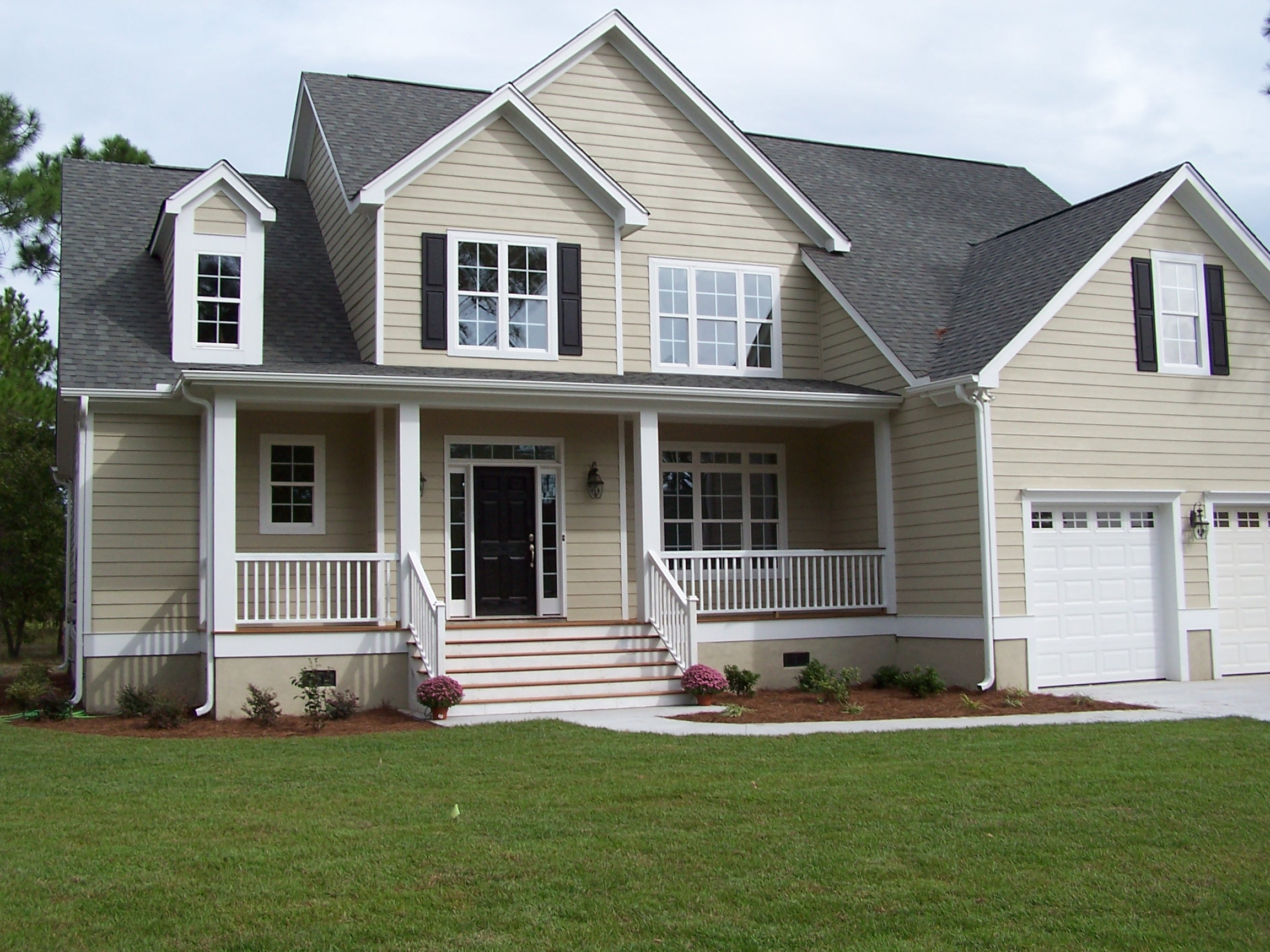sizcache="" sizset="43">
Stucco is a cement-based mixture used as a cover for both interior and exterior walls. It is often used for Mission or Spanish-style houses. To produce stucco, cement is combined with water and inert supplies like sand and lime. Stucco is at present the predominant exterior finish for both residential and commercial structures in California, Arizona, New Mexico, and Florida.
When stucco is going to be utilized as the exterior finish of a residence, wooden walls, or some other material, are covered with tar paper. When the tar paper is applied, either chicken wire or galvanized metal screening is laid over the paper. This acts as a sort of frame function for the stucco which makes the whole structure stronger. As soon as the framework is in spot, the 1st of stucco's 3 layers can be applied. The material can be hand-applied or sprayed. As soon as applied, stucco can be troweled smooth, hand-textured, floated to a sand finish, or sprayed.
Even though stucco 1st became preferred in the United States during the 20th century, the thought is far from new. Stucco, as a constructing material or decorative finish, has been in use due to the fact the ancient Greeks and Romans first utilised it for wall frescoes. The methods developed by the Romans and Greeks had been expanded upon and elaborated by the Italians during the Renaissance. For the duration of this time, the material spread throughout Europe. Throughout the Renaissance, the Italians used a marble dust compound. This compound, when used for decorative purposes, could be molded into decorative shapes and then either polished to a sheen or painted.
Beginning in the 1950s, a massive number of builders started employing a range of synthetic materials to resemble stucco. These materials are regularly composed of foam insulation board or cement panels. Whilst these synthetics appear like real stucco, there are some important differences. For starters, authentic stucco is heavier than these synthetic materials. In addition, genuine stucco sounds solid when it is tapped. It is also much less likely to be damaged by a blow of some sort to the wall. Also, genuine stucco holds up well in wet conditions. It absorbs moisture and is porous but it also dries simply and with out damage to the structure.
When buying a house that has a stucco exterior, it is very important to check to make sure that the material utilized is not EIFS (Exterior Insulation and Finish Systems). This synthetic material often has moisture complications. These moisture problems enable the underlying wood to rot which is a expensive repair to make.
If you are contemplating stucco for the exterior finish for your household, please pay a visit to to discover even more data on stucco and custom homes. Their specialist team will be much more than happy to answer any concerns you may well have concerning stucco and the property-building method.

This article is very informative, most people have problems when it comes to office building financing .
ReplyDeleteThis is a really beautiful residential home that the building was built by stucco.
ReplyDeleteThanks for nice building picture.
Stucco Contractors Seattle
Great post . I think Stucco is a fine plaster made from Portland cement, sand and lime, and applied while soft to cover exterior walls or surfaces. It is also used for internal decorations and fine work, and is durable, attractive, and weather-resistant.
ReplyDeleteStucco Foam Shapes